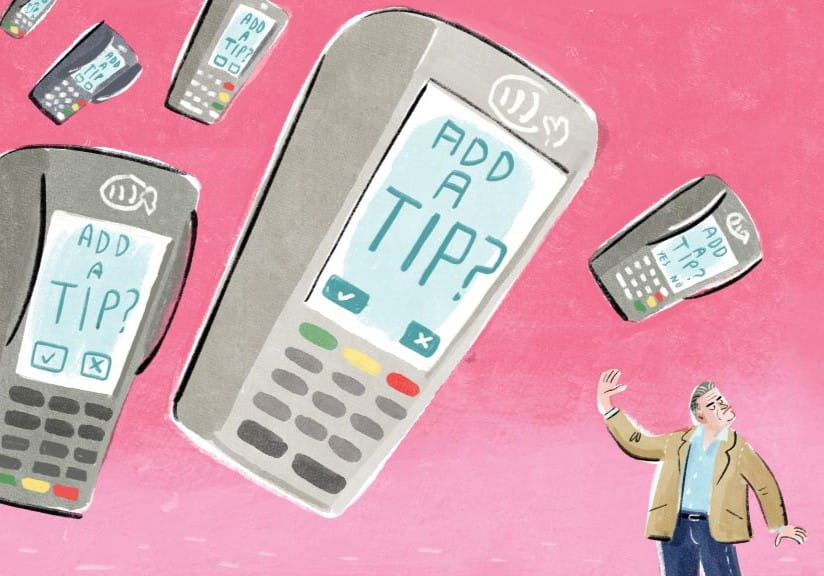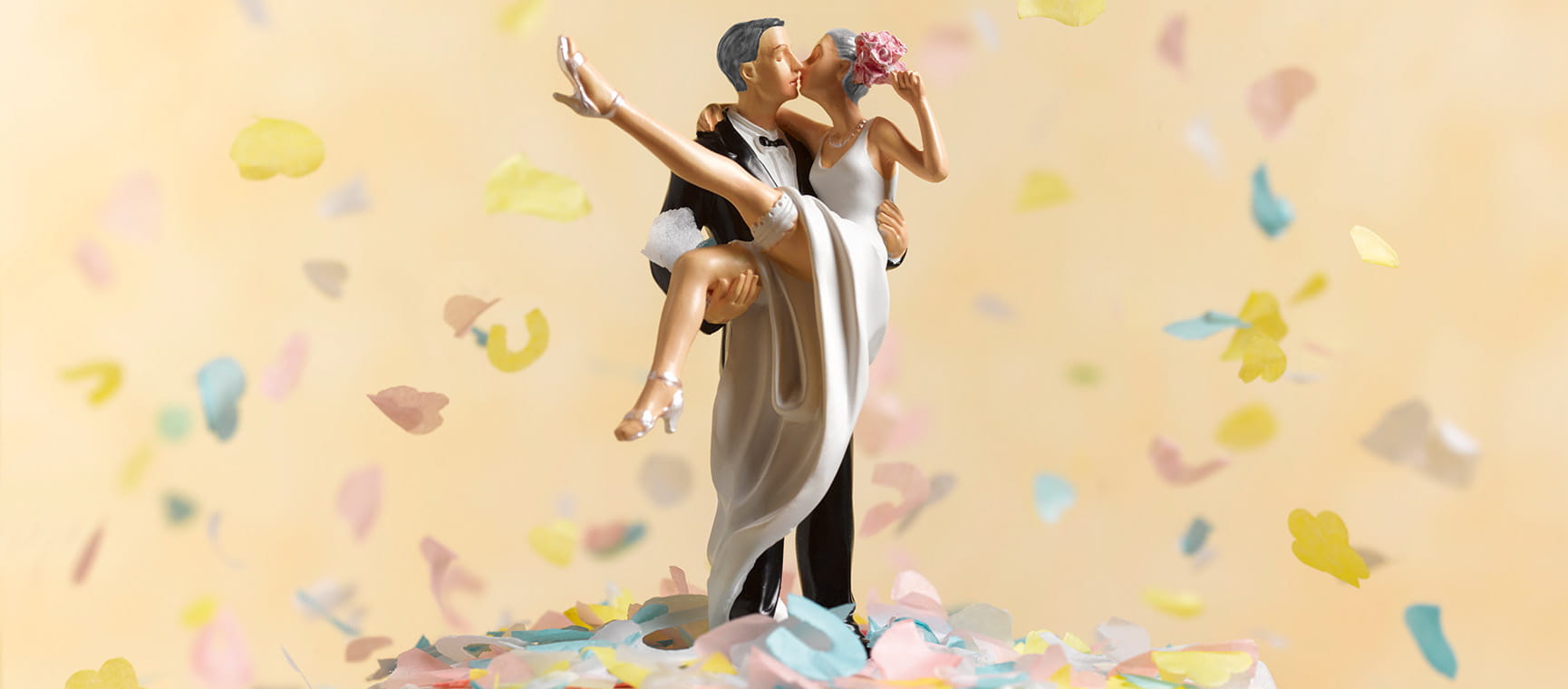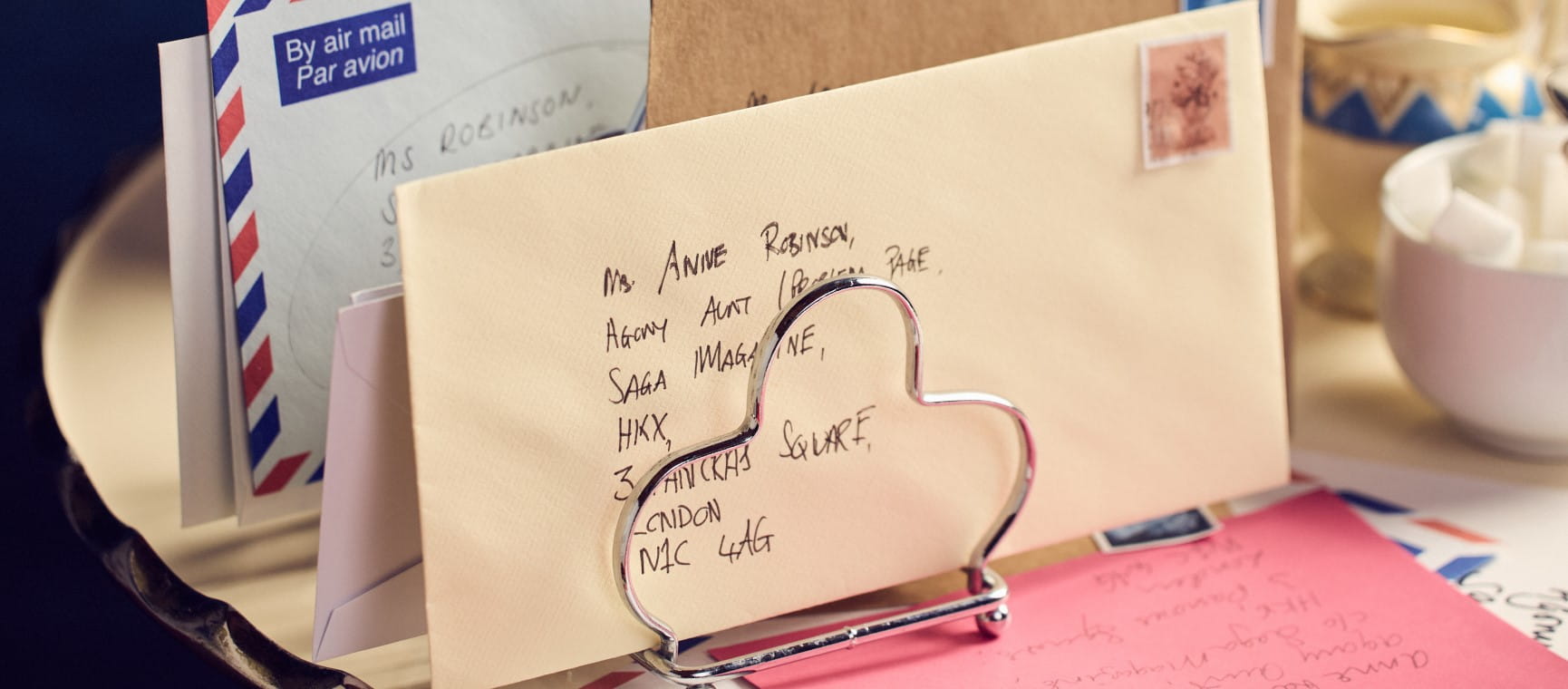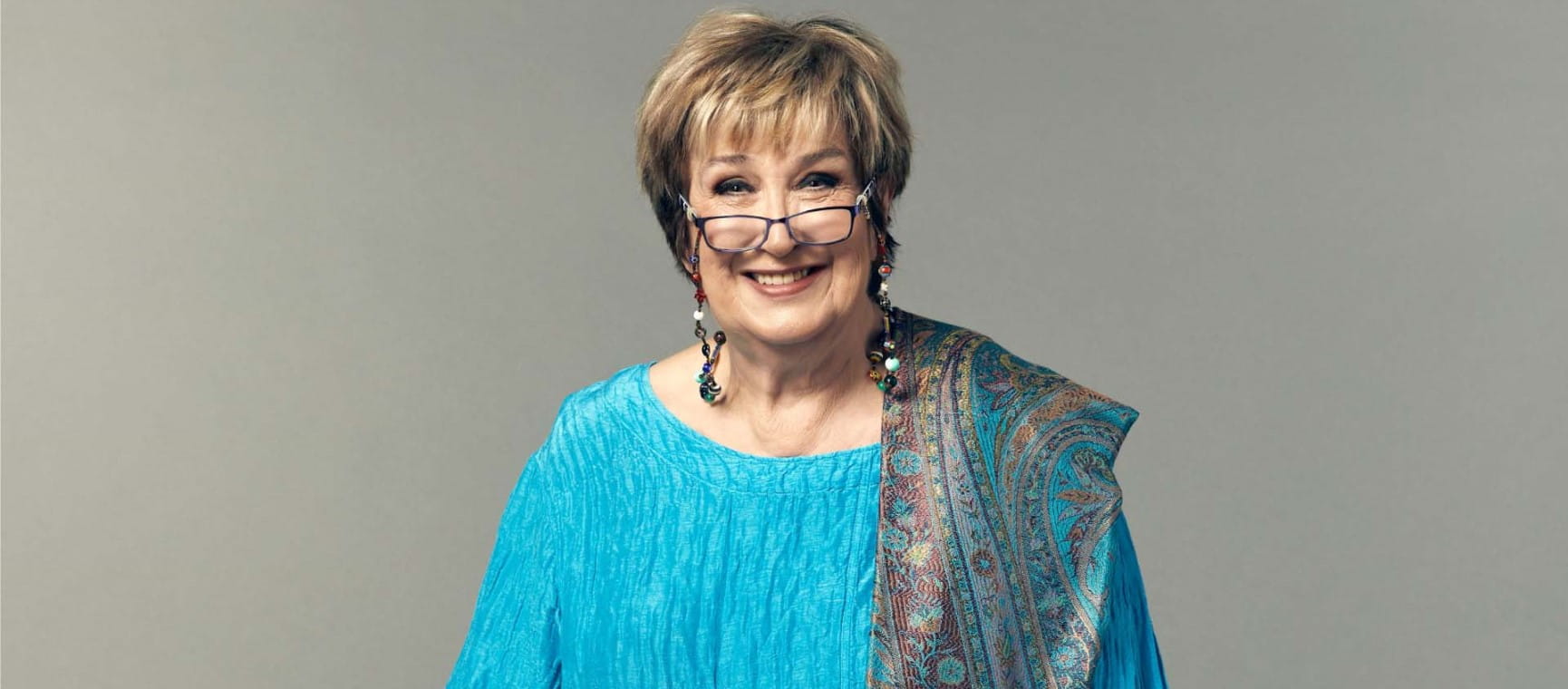Pants, sit-upons and round-me-houses: Susie Dent on words for underwear
Our columnist opens a knicker drawer full of linguistic entertainment.

Our columnist opens a knicker drawer full of linguistic entertainment.

"It’s totally pants!" a friend of mine exclaimed recently when her day had taken a decided turn for the worse.
I hadn’t heard that expression in years, and it took me right back to the 1990s when ‘pants’ was the latest addition to our lexicon for complete rubbish, joining stalwarts like ‘balderdash’, ‘poppycock’, ‘codswallop’ and others too rude to mention.
The problem with being a word nerd is that one’s mind immediately runs off in other directions, and my woebegone friend’s remark had me thinking about ‘pants’ themselves and their unlikely beginnings on the stage.
In 16th-century Italy, the commedia dell’arte was the improvised popular comedy played in theatres in which actors represented stock characters. One of these was Pantalone, a Venetian character who symbolised the older generation and who was typically depicted as a lean old man in a red costume that included Turkish slippers, a close-fitting jacket, a skullcap and…pantaloons: long, close-fitting trousers that looked a little like tights. These pantaloons became the English ‘pants’.
It might seem an extraordinary journey from an elaborate pair of men’s drawers to the knickers we wear today, but the word eventually shifted to mean loose trousers worn under skirts by young women, before embracing our modern undergarments.
The story of ‘knickers’ similarly changed course dramatically, for the word was originally used for the breeches worn by Dutchmen in Washington Irving’s19th-century illustrated A History of New York. They became known as ‘knickerbockers’ thanks to Irving’s pseudonym Diedrich Knickerbocker.
Today’s knickers, thankfully, tend to be far skimpier – leaving aside Bridget Jones’s‘ big pants’, or as they once called them in Herefordshire, ‘apple-catchers’. Speaking of big pants, when Tutankhamun’s tomb was opened, it’s said they found a whopping 145 pairs of spare pants inside. I use whopping in every sense, since these were the triangular, nappy-like kind of under crackers.
Meanwhile, if you ever feel ashamed of a greying item in your underwear drawer, it’ll be nothing compared to a Wonderbra said to be over 600 years old. Restorers recently found some medieval breast cups with shoulder straps buried beneath an Austrian castle’s floorboards.
Indeed, throughout history one purpose of underwear has been to enhance the silhouette, hence today’s tummy-sucking shape wear. It’s a step on at least from the ‘cork rump’ of Victorian times: a padded bustle and the early version of a Brazilian butt lift. The lacing of the bodice or corset could once be so tight as to make its wearers faint – a constriction that led to the adjective ‘straitlaced’.
Victorians even thought the word ‘trousers’ taboo, perhaps because they housed the unthinkable. Delve into a historical thesaurus and you’ll find a mini-lexicon of euphemisms, including ‘unmentionables’, ‘sit-upons’, ‘inexpressibles’,and ‘round-me-houses’.
The Farmer’sMagazine of 1809 decided, ‘A fine lady can talk about her lover’s inexpressibles, when she would faint to hear of his breeches’. It’s a far cry from modern male ‘budgie smugglers’ or ‘whitie-tighties’.
Of course, it’s worth flagging the different meaning of ‘pants’ across the Atlantic, which takes us back to the pantaloons that once wowed on the Italian stage. Even publishers can forget the distinction.
When one US book needed to be ‘translated’ into British English, its editor clearly opted for search and replace. The result: a description of a Korean revolutionary movement, which had many ‘particitrousers’.
Who knew a knicker drawer held so much linguistic entertainment?

Subscribe to the award-winning Saga Magazine for just £9.95 and receive the next 6 issues, delivered direct to your door PLUS a free Great British Puzzle Book.
A bumper book packed with fun puzzles, from word and logic puzzles to relaxing dot-to-dots and spot the differences, all designed to take you on a unique and intriguing tour of our fascinating island.

Your chance to win a five-night river cruise with Saga worth almost £3,000, exploring some of Germany's most culturally-rich cities.
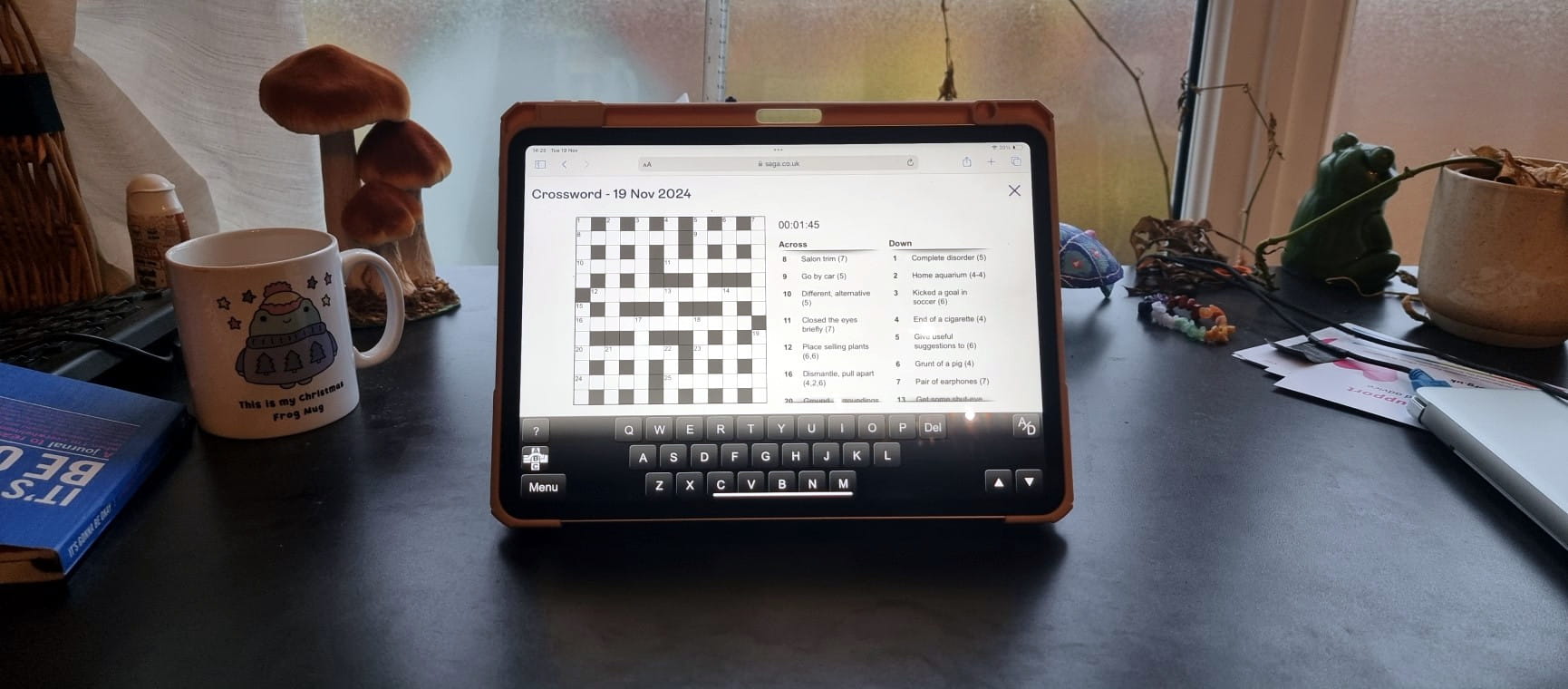
The ultimate guide to Saga Puzzles, full of technical tips, tricks and hints.

With the start of the new financial year on 6 April, our money expert explains the changes to your pension, benefits and taxes.

